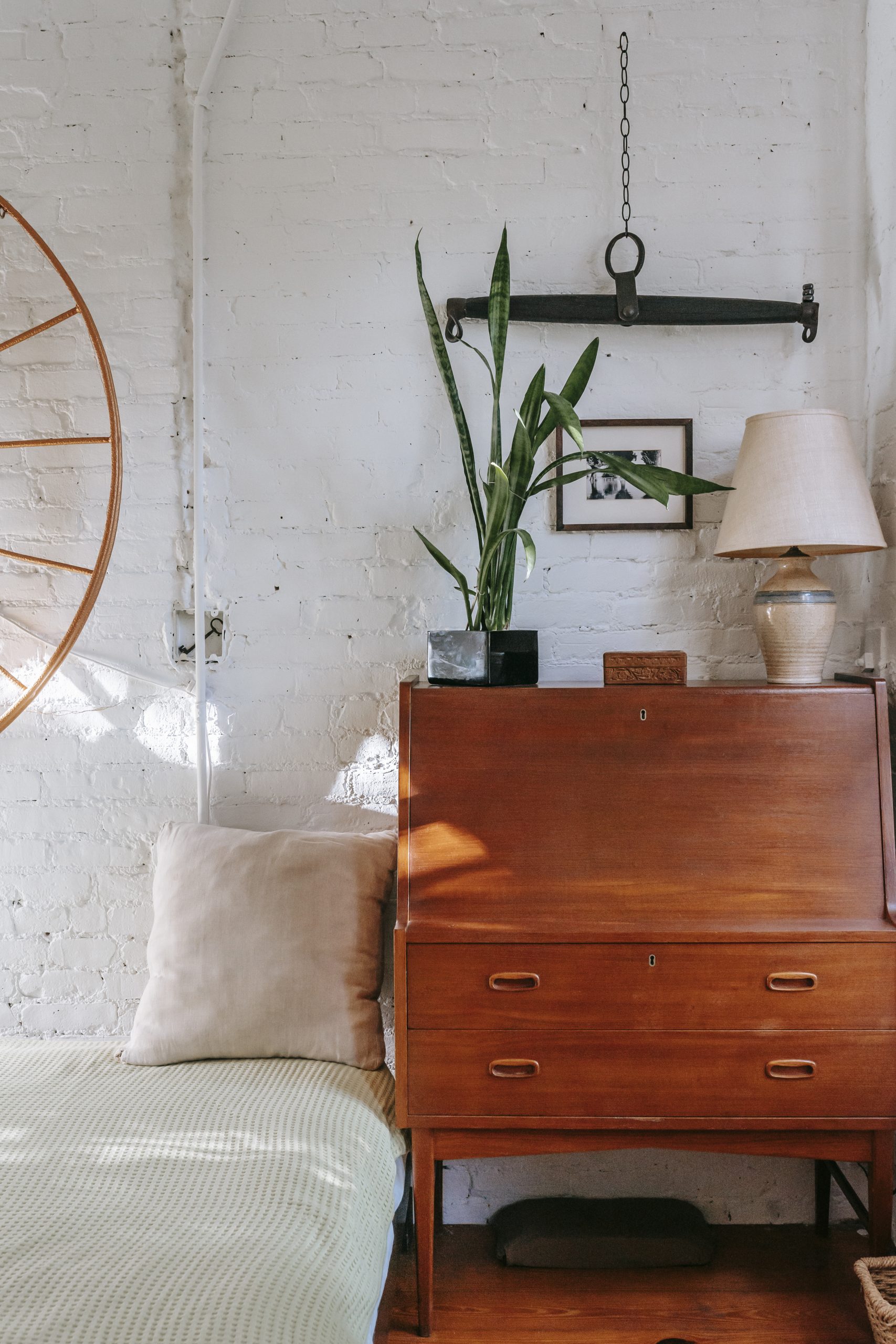Window screens provide the best defense against insects without blocking fresh ventilation. Window screens serve as defenses that protect your home from mosquito and fly intrusions so ventilation remains possible. For a budget-friendly approach to window protection many people undertake self-installations of screens. Installing a window screen becomes a simple operation when individuals have access to proper tools together with suitable materials that both improve interior comfort and cleanliness.
Individuals who make their own window screens have the ability to create versatile solutions for both single hung windows and slider windows. The combination of appropriate dimension measurement and correct screen assembly and securement methods produces a lasting protective fit when homeowners implement these steps. The correct installation method teaches anyone how to replace worn screens or install new ones on windows that lack built-in screens. A properly installed screen acts as effective pest protection while simultaneously blocking the entry of airborne dust along with debris.
Choosing the Right Materials for a Window Screen
One must choose proper materials during the window screen creation process to achieve lasting durability and efficiency. The different types of screen mesh include fiberglass and aluminum in addition to stainless steel with their individual set of benefits. Homeowners commonly use fiberglass as their window screening option because it suits affordability levels and allows flexibility but aluminum choice brings extra durability. Residents who experience heavy insect infestations in their areas should select screens with tighter mesh patterns to increase their defense against insects.
A stable fit of window screens depends on the correct use of window screen frames. The mesh stays in its position due to aluminum and vinyl materials that construct the frames. The proper frame selection requires compatibility between the window type to ensure a perfect installation. Quality materials should be selected for window screens no matter whether they are installed on single hung types or slider types to achieve durable performance.
Measuring and Cutting the Window Screen
The correct measurement process ensures the correct fit of the window screen. Householders need to measure the window opening dimensions by using a measuring tape to write down width and height numbers before screen installation. The measurement point inside the frame guarantees proper dimensions so insects cannot enter through any gaps. A small additional measurement that exceeds the frame dimensions will create better frame attachment stability.
The next step requires proper cutting of both the screen mesh and the frame based on the recorded measurements. The process of achieving clean and even cuts requires either a utility knife or screen-cutting tool. Each corner of the frame must receive corner connectors or miter cut elements for a secure mesh attachment. When homeowners prepare their materials properly they can easily build their window screen without any problems.
Assembling and Securing the Window Screen
One should connect the frame pieces through the utilization of corner brackets or frame connectors after they cut the pieces to their correct dimensions. A sturdy window screen frame needs to match the dimensions of the window opening. Placing the mesh over the frame becomes possible after the frame has been correctly positioned. Tight stretching of the mesh serves to stop sagging and produce a clean appearance.
The flexible rubber cord known as a spline performs the task of fastening the mesh to the frame. The spline roller enables users to tightly place the spline inside the frame grooves to make the mesh secure. Professional results depend on eliminating all remnants of mesh material from the edges. A correctly built window screen blocks insects without blocking air movement.
Installing the Screen on the Window
The completed window screen must proceed to installation onto the window frame for proper security positioning. The two screen attachment methods for window tracks are placement inside frame grooves or installation through fasteners and clips. A proper fit on the window frame keeps the screen from moving or losing its position while in use. By pressing on the edges of the screen you can verify that proper installation has been achieved.
When installing screens on frequently used windows including single hung and slider types make sure the screen does not create restrictions during operational movements. Installation of screens must yield a stable structure which does not limit window movement. It is possible to make slight modifications when needed to enhance the screen stability and fit quality.
Finding The Right Type of Window For Your Home
The practical operating mechanisms of single hung windows and slider windows make them highly sought after by residential property owners. The design of single hung windows includes fixed upper panes with moving lower panes for managed ventilation that also provides security protection. The single hung and slider windows achieve high energy efficiency through their design structure which has less parts that minimize air leakage while increasing insulation level. The function of these windows remains efficient thanks to their fitting into traditional architectural designs with their traditional look.
Modern ventilation needs are served by slider windows since these window types slide horizontally on tracks to provide functional ventilation. The large window openings enable better ventilation making them highly suitable for areas that need improved air circulation. Slider windows operate with ease yet need minimal upkeep which makes them suitable for homeowners seeking efficient style in their homes. Homeowners can build their own window screens that successfully protect against insects through these two window types and enable fresh airflow inside the house.
Maintaining Window Screens for Long-Term Use
Through regular maintenance procedures window screens remain operational and maintain their quality as they age. The periodic cleaning process removes all dust particles and pollen grains and debris deposited on the mesh material. A gentle brush or vacuum tool allows easy and gentle cleaning of the screens without causing harm. Mild soap combined with water serves to wash screens and both improves their looks and increases their performance.
A thorough examination of screens enables you to identify potential damages for proper functionality. Screens have a tendency to deteriorate through small tear development and frame detachment that lets insects find a way through. Proper maintenance that includes mesh replacement or frame reinforcement will increase the total usable lifetime of screen elements. Proper maintenance of home-made screens can produce extended protection and comfort for residential properties.
Conclusion
Installing home-made window screens serves as a convenient approach for insect-blocking and enhancing house ventilation. Standard materials combined with correct measurements and suitable screen assembly methods will allow homeowners to build stable insect-blocking barriers. A properly installed screen fits suitably on single hung windows as well as slider windows which improves its effectiveness. Periodic care of screens maintains their integrity to offer long-term protection benefits. The proper installation of a window screen produces an environment where homeowners remain at ease and unbothered by insects.
Read more home decor articles at ClichéMag.com
Images provided by Deposit Photos, BingAI, Adobe Stock, Unsplash, Pexels, Pixabay & Creative Commons




